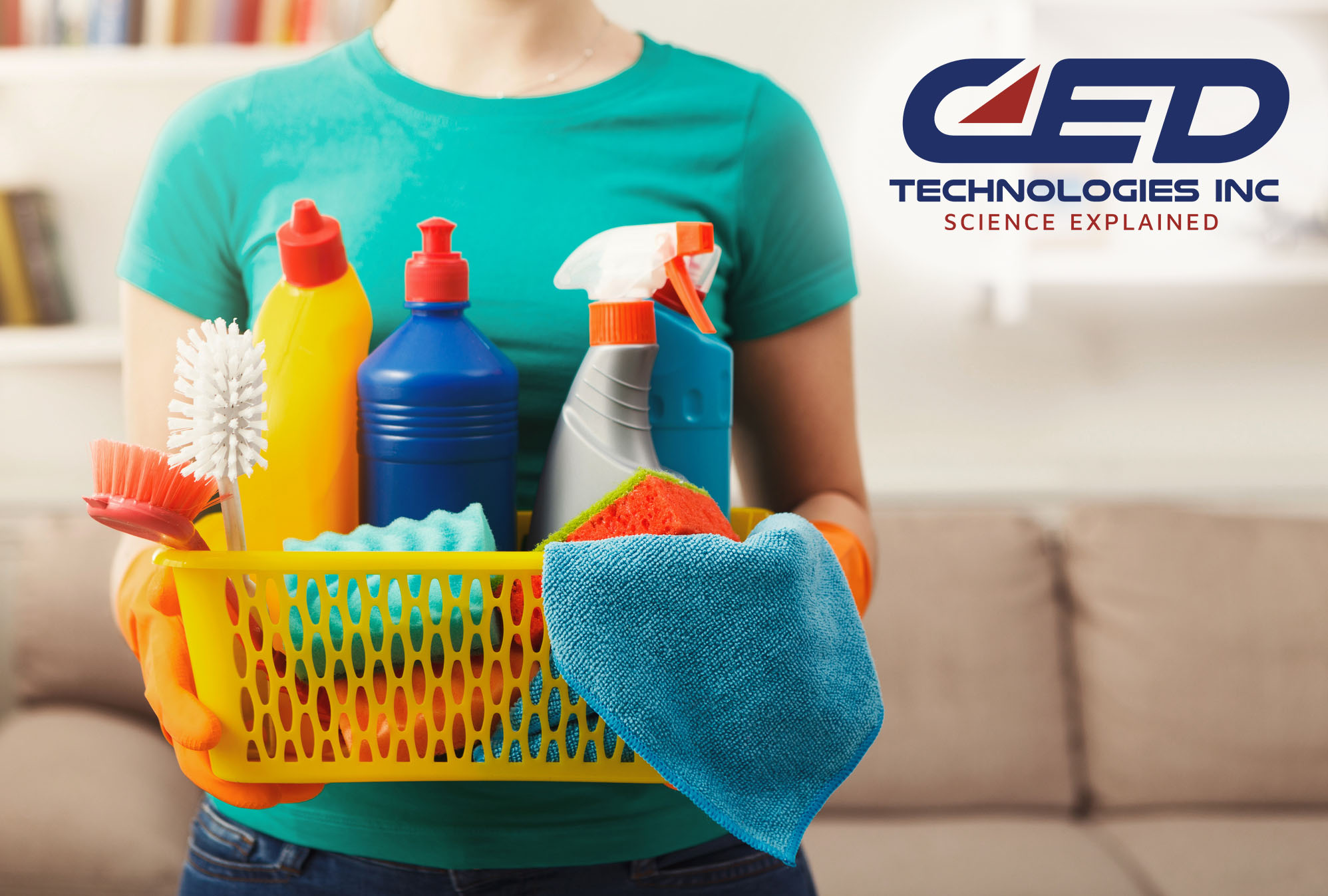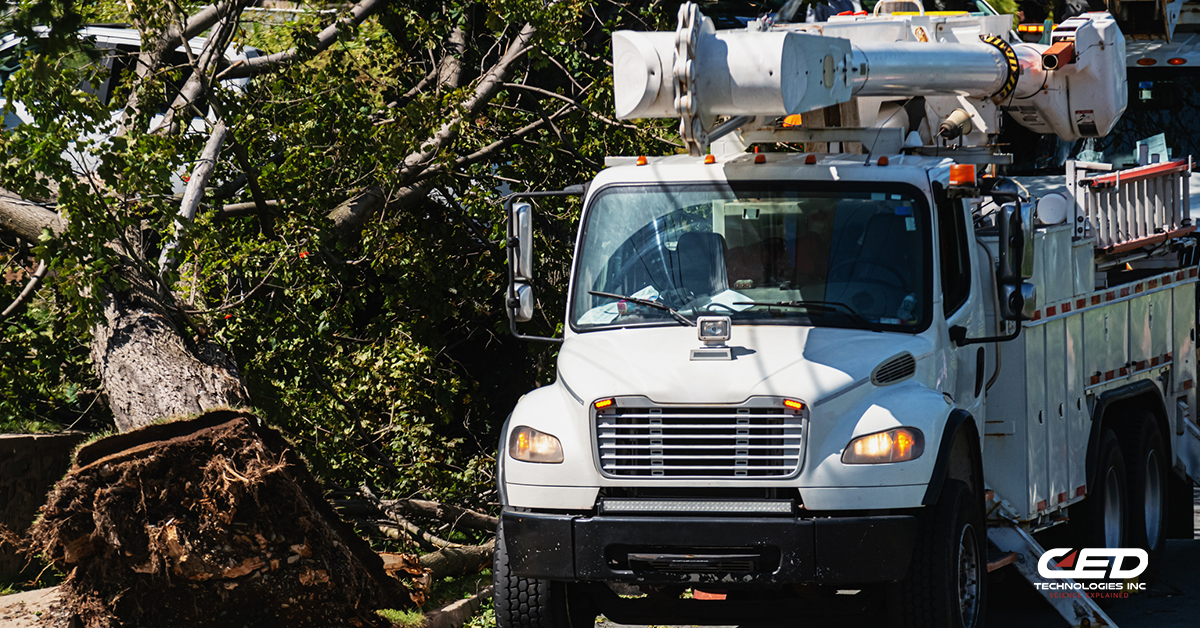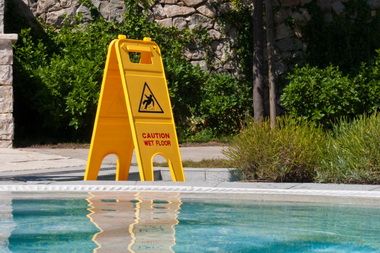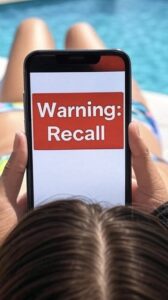Doorknobs, bannisters, faucets and light switches – all high-touch areas we didn’t usually give a second thought and are now cleaning diligently. Along with kitchens and bathrooms, any surfaces or electronics that our hands touch with regularity have now come under scrutiny. Keeping things clean and disinfected is commonplace, but it’s now of even greater importance to our health. Luckily, there is an arsenal of household chemicals and cleaners available to help us with this task.
The most tried-and-true disinfectant found in most households is bleach. According to the National Center for Biotechnical Information (NCBI), the active ingredient in bleach, sodium hypochlorite, is effective in killing bacteria, fungi and viruses, including influenza virus and Covid-19. It can be used alone at full or diluted strength to clean most hard surfaces. If you look at the labels of your other home cleaning products, you may be surprised by how many contain bleach. Other chemicals such as ammonia, hydrogen peroxide, isopropyl alcohol, and more natural items, such as vinegar and baking soda, make for great cleaners and disinfectants for a variety of surfaces. However, some of these chemicals, if mixed, would have serious consequences to our health.
These are the top three chemical combinations that could prove deadly, and are never to be mixed:
- Hydrogen peroxide and Vinegar – individually, they’re each a great natural cleaning ingredient, but when combined, hydrogen peroxide and vinegar creates peracetic acid. Peracetic acid is highly corrosive, and can cause irritation to our eyes, respiratory tract, and skin.
- Bleach and Ammonia – these two ingredients are found in different cleaning products, so be sure to check the ingredient lists on your bottles before thinking of using them in the same room. Ammonia is a strong cleaner with a strong odor, but it is not registered with the EPA as a disinfectant. The Washington State Department of Health tells us that toxic gases called chloramines are produced when ammonia and bleach are mixed, and inhaling the vapors can result in respiratory damage, throat burns, chest pain, and pneumonia.
- Bleach and Isopropyl “Rubbing” Alcohol – on their own, each of these chemicals is a solid disinfectant. Isopropyl alcohol in a concentration over 70% is effective in killing bacteria, germs and viruses. When mixed, these chemicals create chloroform – which you may have seen portrayed in movies as a gas the villain uses to subdue his victim. Chloroform is a sweet-smelling, powerful sedative that can cause you to pass out if inhaled. It is harmful to our eyes, lungs, skin, liver, kidneys, and other organs, and may even cause cancer. The chemical is readily absorbed into the body through the skin and through inhalation and ingestion.
Besides keeping these chemicals separate from each other, the CDC recommends wearing gloves while cleaning with these products, as well as making sure the room they are used in is well ventilated. The EPA gives recommendations on safe home chemical storage: away from children, preferably in a high, locked cabinet. It is of utmost importance that we keep ourselves safe and healthy while using the very chemicals designed to keep us that way!
**If you need help for a poison emergency, call U.S. Poison Control at 1-800-222-1222 or use their online diagnostic tool here.
Click Here To See Our Full List of Experts Click Here To Submit an Inquiry about a possible Claim or Case.






